AkzoNobel paints a greener Vietnam

That is a view from Ian Crosby, sustainable business advisory manager for East Asia and the Pacific at the World Bank’s private sector arm IFC.
Crosby claims IFC’s research and global experience shows that companies that see beyond the immediate equation of shareholders-management-customer-profit and their business in a broader context of many stakeholders - including society and environment - are companies better able to spot long term trends and opportunities, better able to operate in an increasingly complex and inter-linked world, and better able to attract top talent and employees and customers.

In Vietnam, the point of view is true for AkzoNobel Paints. In addition, more companies in the country have improved their awareness of sustainability, which was proved by the entrants to this year’s Vietnam Annual Report Awards contest which wrapped up on July 25. Almost 40 entries submitted sustainability reports, despite sustainability reporting yet to be compulsory for an annual report under Vietnamese laws. The event was also the first time the annual contest’s organisers presented their Sustainability Reporting Awards.
The work Vietnam’s stock exchanges have done to introduce sustainability into company reporting is an important step in helping investors identify and benchmark those companies that see the business opportunities that sustainability presents, says Crosby.
AkzoNobel Paints Vietnam was not at the contest, which is for listed enterprises, but what the company has done in sustainable development and corporate social responsibility has been recognised.
“At AkzoNobel, we are highly committed to sustainability and strongly believe that we can achieve growth in a sustainable way. Therefore, we take sustainability as a foundation for our business operations and will always be committed to this philosophy,” said Jeremy Rowe, managing director of AkzoNobel Decorative Paints South East Asia and Pacific.
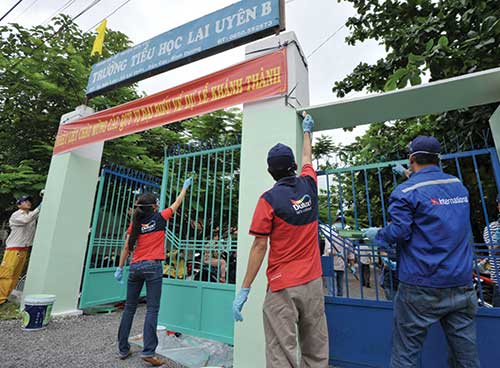
The firm was recently honoured with two prestigious Asia-Pacific Enterprise Leadership Awards for social services and eco-advocacy. It was the only paint company and the only firm from Vietnam to have won an award in both categories.
AkzoNobel Paints Vietnam through activities such as Step Towards a Greener Vietnam, Stains Go – Happiness Stays, and a New Colour for the New School Year underscores its environmental and sustainable credentials.
AkzoNobel Paints Vietnam launched Step Towards a Greener Vietnam in October 2009 as an initiative to call for collaborative efforts to build a greener Vietnam, with some sponsorship from the United Nations Educational, Scientific and Cultural Organisation.
The Stains Go - Happiness Stays campaign aimed at celebrating birthdays for underprivileged children, while the New Colour for the New School Year programme used the firm’s colourful paints to bring a brighter look to schools across the country for the new school year. The community programme received full support and participation from not only AkzoNobel’s management team and staff members, but also its partners such as suppliers, agencies and the media. The combined effort has made the programme a huge success.
|
AkzoNobel Paints Vietnam’s new general director David Teng talked more about his firm
At AkzoNobel, business is sustainability and sustainability is business. We have cemented our position as a global sustainability leader and are constantly ranked first place in the chemicals and coatings sector on the prestigious Dow Jones Sustainability Indexes. We’re committed to reducing our impact on the planet and delivering more sustainable products and solutions to our customers. But we can only do this if sustainability is at the heart of everything we do. That’s why we’ve integrated sustainability into every area of our business - for the benefit of our clients, shareholders, employees and the world around us. Sustainability for AkzoNobel covers a wide range of topics revolving around social, environmental and economic aspects. The sustainability strategy of AkzoNobel Paints Vietnam fully echoes this. What has your company done so far in Vietnam in terms of sustainable growth? In terms of social issues, we’ve been and will continue playing our role in adding colour to people’s lives in different ways, either by using our colourful paint products to transform grey spaces and communities into brighter and more vibrant ones, or via educating and supporting underprivileged youngsters, or contributing to preserving local cultural and heritage sites. With the adding colour to people’s life campaign, we’re proud that over the years, our company and employees have brought colour to local communities. On July 19, we continued this activity with 100 staff joining with me to build three completely new toilets and set up the drinking water supply system and repaint Lai Uyen B Primary School in Ben Cat, Binh Duong province. And on the environmental side, what is your perspective? We have set of number of environmental targets to reduce total waste, water and energy consumption and curb greenhouse gas emissions. Specifically, AkzoNobel is striving to reduce energy and water consumption in production by 20 per cent by 2015 and I can confirm that we are well on track to meet these targets. I am pleased to confirm that AkzoNobel Vietnam is the first paint manufacturer in Vietnam to meet the stringent standards of the Singapore Green Label certification for environmental protection as well as one of the first paint manufacturers who have all its portfolio products meeting the Vietnamese Government’s Quatest 3 mandatory quality standards certification. In terms of reducing packaging waste, we have set a target to reduce waste by 30 per cent in next two years. Since 2011, we have worked with our suppliers to move from smaller size of material packaging to bigger sizes to help us to reduce the total waste in production process. And finally, we aim to reduce VOC emission to air per ton production by 25 per cent by 2015. This will be achieved via innovative high value products. |
What the stars mean:
★ Poor ★ ★ Promising ★★★ Good ★★★★ Very good ★★★★★ Exceptional
Latest News
More News
- Vietnam to welcome cell stem quality control centre meeting international standards (December 20, 2024 | 12:02)
- E-commerce platforms adapt features for broader gains (December 19, 2024 | 19:00)
- E-commerce race heats up with new player entering arena (December 19, 2024 | 16:03)
- Interest must rise for carbon exchange (December 19, 2024 | 16:00)
- Limitations abound for domestic EV carbon credits (December 19, 2024 | 15:00)
- Businesses pivotal in offsetting carbon measures in Vietnam (December 19, 2024 | 13:00)
- Coordination key for circular economy (December 19, 2024 | 10:56)
- Vietnam’s first logistics laboratory established (December 19, 2024 | 08:00)
- Masan Consumer Holdings honoured with consecutive "Great Place To Work" certifications (December 18, 2024 | 16:55)
- SABECO’s research facility a dream for its brewmasters (December 17, 2024 | 10:30)




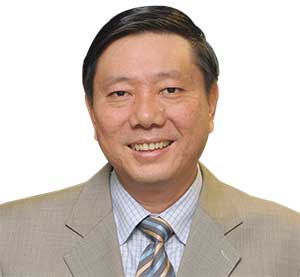 Could you share more details about your company’s sustainability strategy?
Could you share more details about your company’s sustainability strategy?


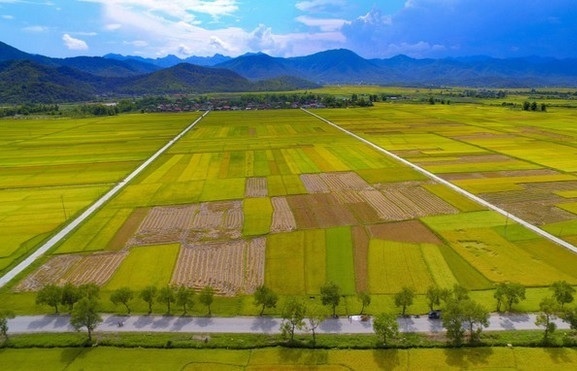





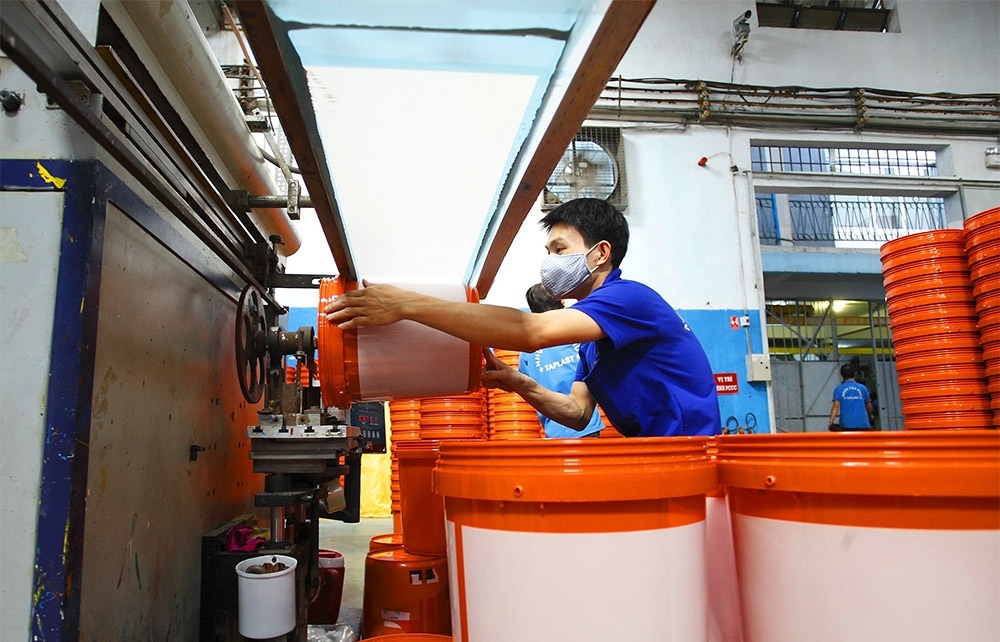
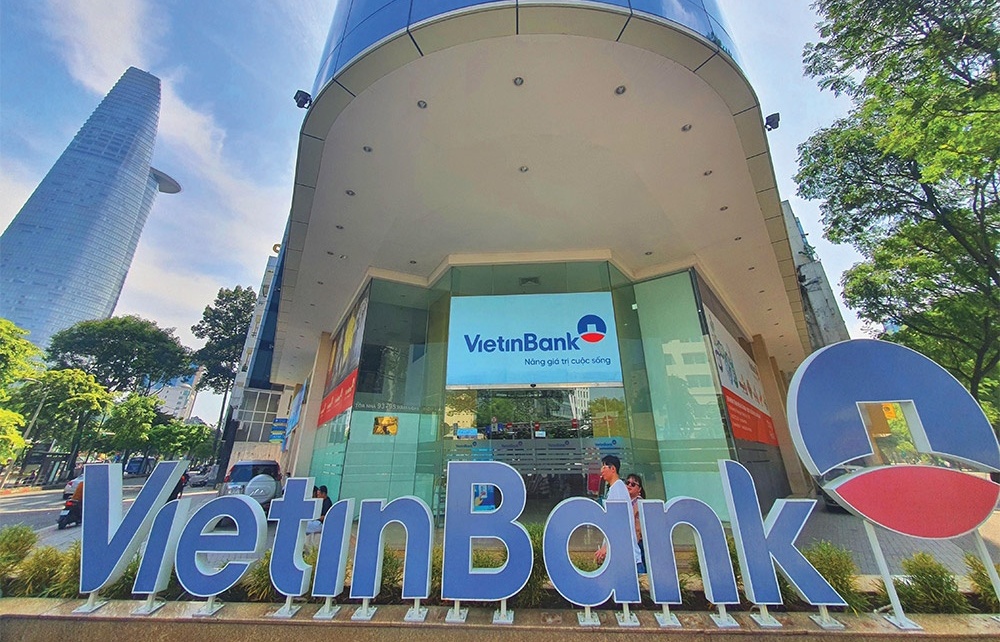



 Mobile Version
Mobile Version